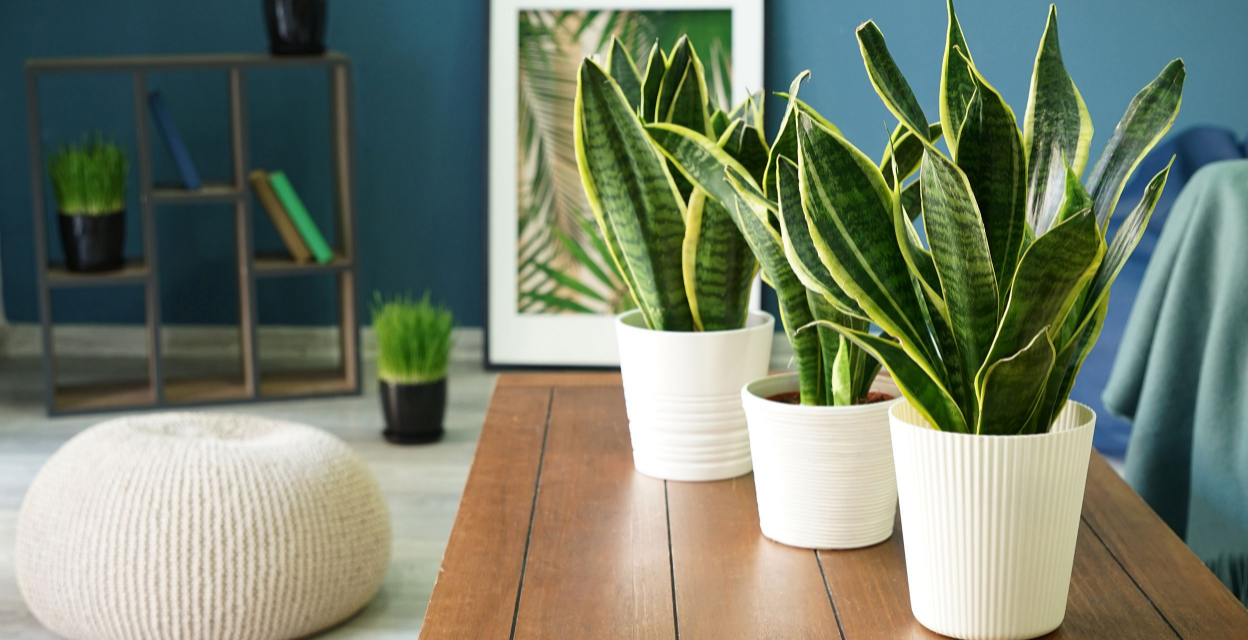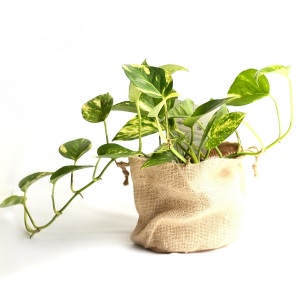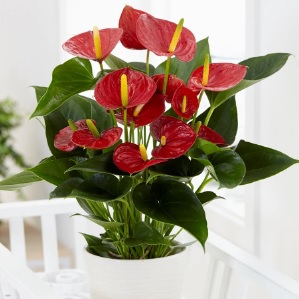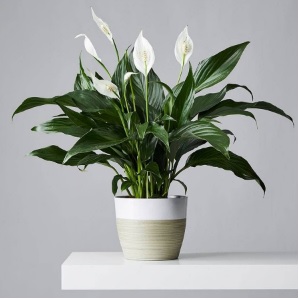
Easy Growing Air Purifying Plants
9 Air Purifying Plants
Air Purifying Plants – Cities with abnormally high levels of air pollution have long been in the news. The issue has become inescapable because to population growth, space constraints, the proliferation of petroleum-powered cars, smoking, the use of non-herbal paints and cleansers, and the pervasiveness of plastic in our everyday lives. Plants wear a variety of headgear. They emit oxygen and absorb carbon dioxide. They radiate pleasant energy and help to beautify the environment.
Plants, on the other hand, naturally purify the air and filter pollutants that are left hanging in the air as a result of chemicals, paints, and the usage of plastics. According to a study, many popular indoor plants can naturally remove harmful substances.
English Ivy – Hedera helix, often known as English ivy, is an evergreen climbing plant that may reach heights of 20 to 30 metres on trees, walls, and cliffs. It offers thick shade and a cooling effect on buildings throughout the summer by avoiding direct sunlight exposure. It is used as a decorative plant. Dogs and cats get poisoned by it. Benzene, formaldehyde, trichloroethylene, xylene, and toluene were purified.
Flamingo Lily – Anthurium andraeanum, often known as flamingo lily, is a flowering plant in the Araceae family. This lovely plant has the ability to transform the look of a room. It may be stored on the desk or on the study table. It features lovely wax-like flower bracts that are glossy and heart-shaped. Cats and dogs get poisoned by it.

Peace Lily 
Flamingo Lily 
Devils Ivy
Peace Lily -The most popular home plant is the peace lily, also known as Spathiphyllum. White blooms appear in the early summer and continue to bloom throughout the rest of the year on Peace Lilies. Its soil should be maintained wet but not overwatered. Medium to low light is ideal for peace lilies. According to a NASA research, this plant is capable of removing the greatest quantity of pollutants. Dogs and cats, on the other hand, are poisoned by it.
Snake Plant – Sansevieria trifasciata of ‘Laurentii’, popularly known as mother-in-tongue, laws are a variegated snake plant. It’s an indoor plant that can withstand the elements. It develops in a serpentine pattern that is both straight and serpentine. The leaf edges have yellow or silvery-white streaks. Low light and sporadic watering are OK while overwatering is not. Dogs and cats get poisoned by it.
Boston Fern – Nephrolepis exaltata ‘Bostoniensis,’ commonly known as fishbone fern or tuber ladder fern, is a kind of Boston fern. Ferns range in size from 50 to 250 cm in length and 6 to 15 cm in width. It appears like the edges are serrated. It’s a resilient houseplant that’s commonly found in hanging baskets. Pets are not poisoned by it.
Aloe Vera – Because of its therapeutic properties, aloe vera has made its way into people’s homes. It is either devoid of stems or has extremely short stems. The leaves are meaty and thick. It is used as a decorative plant. It is unable to withstand frost or snow. Although it is resistant to many insects and pests, it is vulnerable to mealy bugs, spider mites, and aphids. Pets get poisoned by it.
Palm Trees – The Arecaceae family includes palm trees. It has a large number of cultivators. Palms will be incorporated into the landscape of any company, house, or school with a little open space. So far, about 2600 species have been identified. Palm trees not only give shade and visual appeal, but their leaf also aids in air purification. A NASA study included Dwarf date palm or Phoenix roebelenii; Areca palm or Dypsis lutescens; Bamboo palm or Chamaedorea seifrizii and Broadleaf lady palm or Rhapis excels. Palms are generally non-toxic to pets.
Devils Ivy – or Epipremnum aureum is also called “Money Plant” or “Golden Pothos”. This popular house plant is easy to grow, and its long, trailing stems can grow on. This plant does not die out quickly. The stems themselves become the roots in the soil. It is toxic to cats, dogs and horses. Its beauty lies in the leaves with botched yellow and green combinations.
Florists Chrysanthemum – sometimes known as florist’s chrysanthemum, is a perennial plant in the Asteraceae family. Their vivid colours bring life and happiness to any environment where they are planted. The flower is honoured at Japan’s “Festival of Happiness.” They’re also known as mums,’ and they bloom in the early fall. According to a NASA research, this plant is capable of removing the greatest quantity of pollutants.


